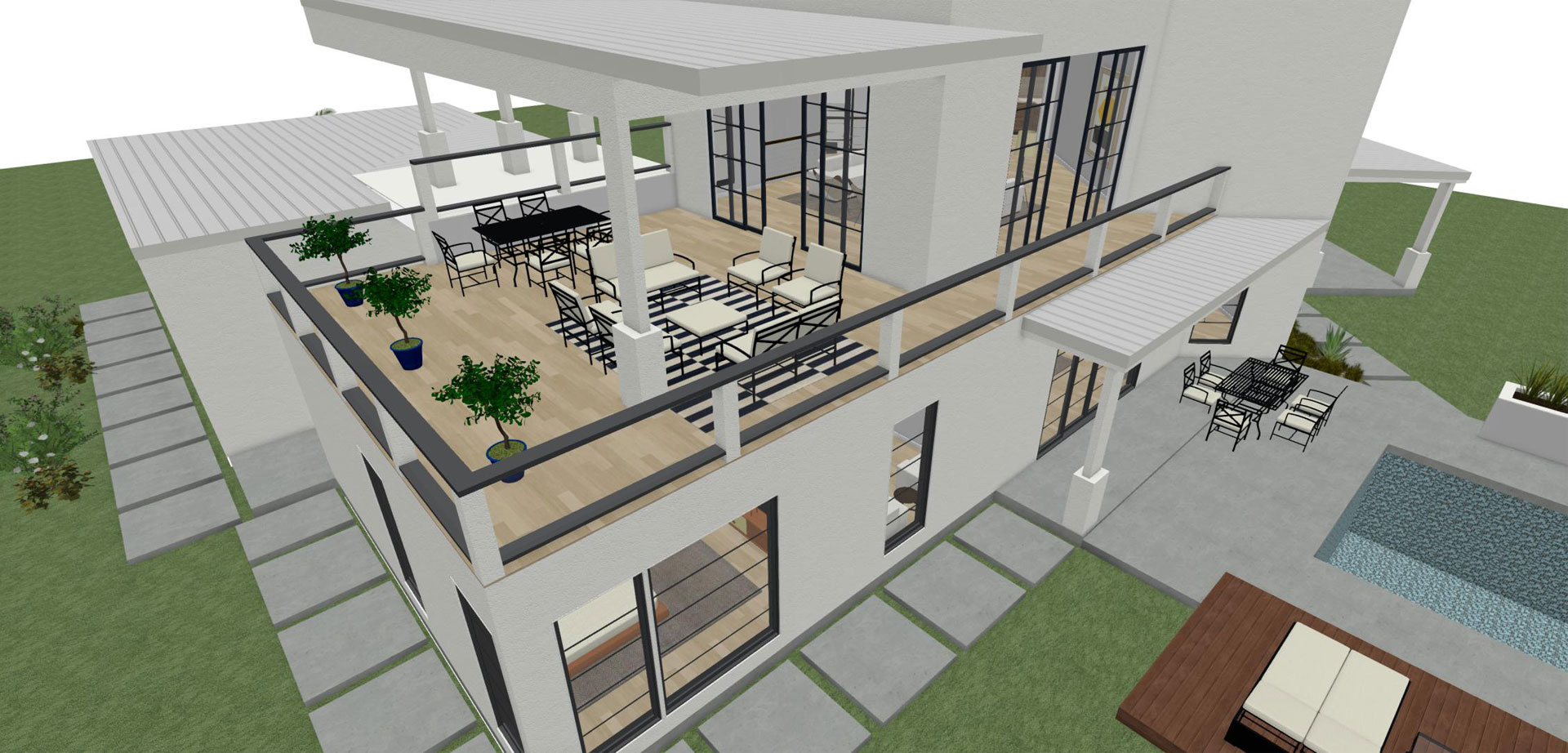The Influence of Technical Advancements on the Design Practices of Contemporary Architects
The rapid development of technological tools has substantially reshaped the style landscape for contemporary engineers, promoting extraordinary levels of development and sustainability. Checking out these dynamics exposes a nuanced interaction in between technology and conventional layout methods, motivating a better exam of what the future holds for building practices.
Advancement of Architectural Tools
How have building tools transformed the layout and construction procedures over the centuries? The evolution of building devices has actually dramatically affected the effectiveness, precision, and imagination of layout and building and construction. In old times, engineers depend on basic tools such as plumb bobs, gauging rods, and fundamental geometry to create structures. These devices laid the foundation for early architectural method, permitting the building and construction of legendary frameworks, albeit with constraints in accuracy and intricacy.
With the development of the Renaissance, the introduction of the compass and the protractor marked a pivotal change. These tools allowed designers to accomplish better precision in their designs, facilitating the introduction of more elaborate and proportionate structures. The Industrial Revolution better changed architectural method with the intro of mechanical tools and products, permitting bigger and a lot more enthusiastic jobs.
In the 20th century, the growth of computer-aided layout (CAD) software program transformed the landscape once more, providing architects with unmatched abilities in modeling and visualization. Today, progressed devices such as Building Info Modeling (BIM) and parametric layout software program remain to push the boundaries of architectural development, allowing a more integrated approach to style and building and construction procedures.
Enhanced Collaboration in Layout
As innovation remains to progress, enhanced collaboration in style has become a foundation of modern building technique. The integration of digital tools such as Structure Details Modeling (BIM), cloud-based systems, and advanced visualization software has actually transformed the way architects, designers, and stakeholders interact throughout the design process. These tools facilitate real-time interaction, enabling groups to share ideas, alterations, and comments quickly, despite geographical area.

In addition, interdisciplinary partnership has actually been streamlined with these technological improvements, allowing architects to function extra closely with other experts, such as urban coordinators and ecological consultants. The result is a much more cohesive approach to create that takes into consideration various perspectives and expertise. Ultimately, enhanced collaboration in design is not just a pattern; it is necessary for developing innovative, practical, and aesthetically pleasing architecture in an increasingly complicated world.
Sustainability Via Modern Technology
Sustainability in architecture has increasingly become intertwined with technological innovation, driving the industry towards environmentally responsible methods - cda architects. Contemporary architects are leveraging sophisticated innovations to decrease environmental effect while improving the performance of buildings. One popular instance is using Building Information Modeling (BIM), which permits precise planning and resource allowance, minimizing waste throughout building and advertising energy efficiency throughout a building's lifecycle
Additionally, smart materials and energy-efficient systems are being incorporated right into layouts to enhance source see post usage. Technologies such as solar cells and eco-friendly roofing systems harness sustainable energy sources, contributing to minimized carbon impacts. In addition, the application of synthetic intelligence in design procedures enables architects to replicate and examine energy consumption, guiding choices towards more sustainable results.
The combination of lasting innovations not only straightens with global ecological objectives but also meets a boosting need from customers for environment-friendly remedies. As architects accept these her comment is here innovations, the focus shifts towards producing rooms that are not just aesthetically pleasing yet likewise functionally sustainable, thereby redefining the requirements of modern-day style. By doing this, innovation works as a driver for sustainability, enabling engineers to make structures that regard and boost the natural setting.
Difficulties in Execution
While technical developments in architecture hold fantastic assurance for boosting sustainability, their application commonly runs into considerable obstacles - cda architects. One key barrier is the steep knowing contour connected with new technologies. Designers and construction professionals might need substantial training to effectively make use of sophisticated software program and devices, which can postpone task timelines and increase expenses
In addition, the assimilation of emerging modern technologies, such as Building Info Modeling (BIM) and sustainable products, typically demands collaboration across multidisciplinary teams. This partnership can be prevented by differences in expertise, workflows, and interaction designs, bring about possible conflicts and ineffectiveness.
Financial restraints better make complex the fostering of innovative modern technologies. Lots of architectural companies, particularly smaller ones, may lack the sources to purchase innovative devices, restricting their capacity to compete with bigger companies that can afford such investments.
In addition, regulative frameworks and structure codes may not maintain rate with technological innovations, creating ambiguity and prospective conformity problems. This obstacle can dissuade engineers from completely welcoming brand-new technologies, as the danger of non-compliance might surpass the benefits. Attending to these application difficulties is vital for the successful combination of technological developments in contemporary architectural techniques.
Future Fads in Design
The challenges connected with the implementation of brand-new innovations in style have motivated a reevaluation of future fads within the market. As designers navigate issues such as sustainability, urbanization, and social equity, they are progressively adopting innovative technologies to enhance design efficiency and ecological efficiency.
One noticeable trend is the assimilation of artificial intelligence (AI) in the layout procedure. AI devices can examine huge datasets to notify design decisions, improving both creativity and functionality. Structure Info Modeling (BIM) continues to develop, making it possible for real-time collaboration amongst stakeholders and helping with structured job monitoring.
Lasting layout methods are additionally gaining energy, with engineers concentrating on adaptive reuse and regenerative style concepts that lessen source intake and waste. The unification of smart products and renewable resource resources will certainly additionally boost the durability of structures in the face of climate change.

Conclusion
Technical innovations have substantially improved building like it style methods, promoting boosted accuracy, partnership, and sustainability. The combination of devices such as Building Information Modeling and parametric layout software, alongside artificial knowledge and smart materials, encourages designers to resolve complicated difficulties more effectively.